Mack’s® Pillow Soft Silicone Ear Plugs
2 or 6 pairs | NRR of 22 dB
Mack’s Pillow Soft® Silicone Ear Plugs, America’s best-selling earplug. Made from soft silicone, Mack’s Earplugs are a powerful defense against low frequency, high volume, snoring sounds. They mould easily to the ear forming a perfect fit. They don’t crunch or crackle in the ear like some earplugs.
Price range: £1.99 through £5.99
Tax included. Shipping calculated at checkout.
-
UK next day delivery available, order by 11am
-
Secure checkout, various payment options available
Product details
Description
Mack’s Pillow Soft® Silicone Ear Plugs, America’s best-selling earplug. Made from soft silicone, Mack’s Earplugs are a powerful defense against low frequency, high volume, snoring sounds. They mould easily to the ear forming a perfect fit. They don’t crunch or crackle in the ear like some earplugs.
- Seal out water
- Help prevent swimmer’s ear
- Provide protection after surgeries
- Help relieve flying discomfort
- Protect hearing from loud noises
- Provide non-toxic, non-allergenic protection
- Provides a better, more comfortable fit and seal than custom ear plugs
- Noise Reduction Rating of 22 decibels
Materials
Mouldable, non-irritating silicone rubber
How to use
- Make sure hands and ear opening are clean and dry. Shape the whole plug into a ball.
- Place plug over ear opening and flatten to form airtight seal. Avoid hair.
TO REMOVE: To loosen and remove, press up behind ear. Discard when soiled or no longer sticky (up to 5 uses).
Precautions
WARNINGS: Do not insert into ear canal! COVER ONLY! Do not cut, break apart or elongate.
- Use whole earplug.
- Do not cut, break apart or elongate.
- Do not force plug into ear canal.
- Cover only.
- Adult supervision required for children under 15.
- Do not use for scuba diving or at depths over 10 feet.
- Use only as directed.
- If misused (by failure to use as directed), earplug may become lodged in ear, which requires removal by an Ear, Nose and Throat Doctor ONLY.
- Discard if earplugs come in contact with lubricants, solvents or other chemicals (may be used in chlorinated water).
- Keep away from infants and small children when not in use.
- These plugs are non-toxic but may interfere with breathing if caught in windpipe, which could lead to serious injury or death.
Additional FAQs
What are the best ear plugs for snoring?
The best ear plugs for snoring depend on your comfort and the level of noise you need to block. Foam ear plugs expand in the ear canal, while silicone earplugs mould to the shape of your ear. There are also specialist options like noise cancelling earplugs for snoring and isolate ear plugs. For very loud snoring, dense high-decibel (dB) ear plugs for sleeping may be more effective. Ear plugs are rated by their Noise Reduction Rating (NRR), which typically ranges from 22 dB to 37 dB – the higher the rating, the more noise they can reduce.
How do I put ear plugs in correctly?
For foam ear plugs, roll the plug into a small, tight cylinder, then reach over your head with the opposite hand to gently pull your ear upwards. Insert the plug into the ear canal and hold it in place while it expands to create a snug fit. Silicone and reusable ear plugs are pressed or twisted gently into place. Always follow the manufacturer’s instructions, as fitting methods can vary. Insert them carefully and never push them too deep, as this can cause discomfort or damage to the eardrum.
Is it safe to sleep with ear plugs in every night?
Ear plugs are generally safe to use every night, as long as you follow good hygiene. Wash your hands before handling them, clean reusable plugs regularly, and replace single-use foam ear plugs often. Keeping them clean and dry helps lower the risk of irritation, earwax build-up, or infection. Avoid pushing ear plugs too far into the ear canal, as this can cause discomfort or wax blockage. If you notice pressure, itching, or soreness, try a different type or size – or consult a healthcare professional for advice.
Do ear plugs damage your ears?
When used properly, ear plugs are safe and should not damage your ears. Issues usually arise if they’re inserted too deeply, used when dirty, or not replaced often enough, which can lead to irritation or wax build-up. To prevent problems, insert them gently, keep them clean, and follow the manufacturer’s replacement guidance. If you have ongoing ear problems, it’s best to speak with a healthcare professional before using ear plugs regularly.


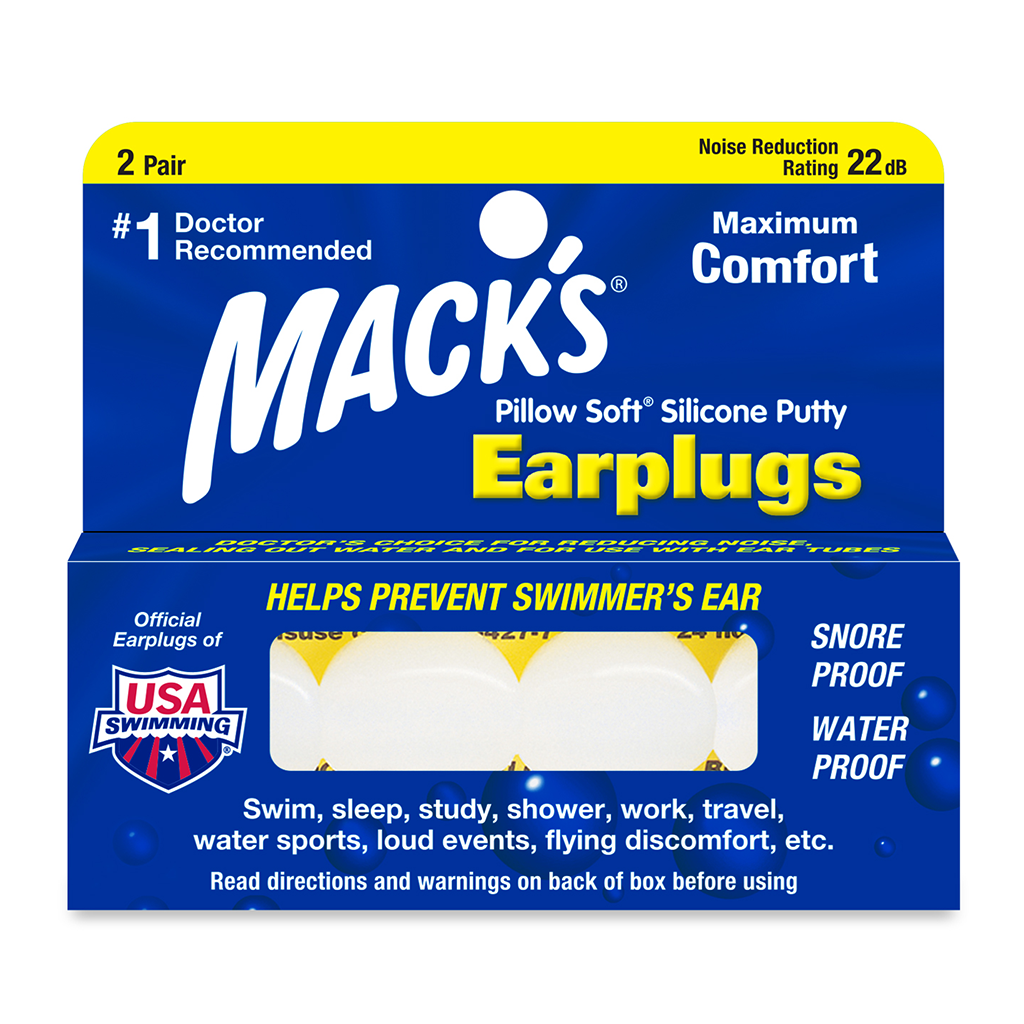
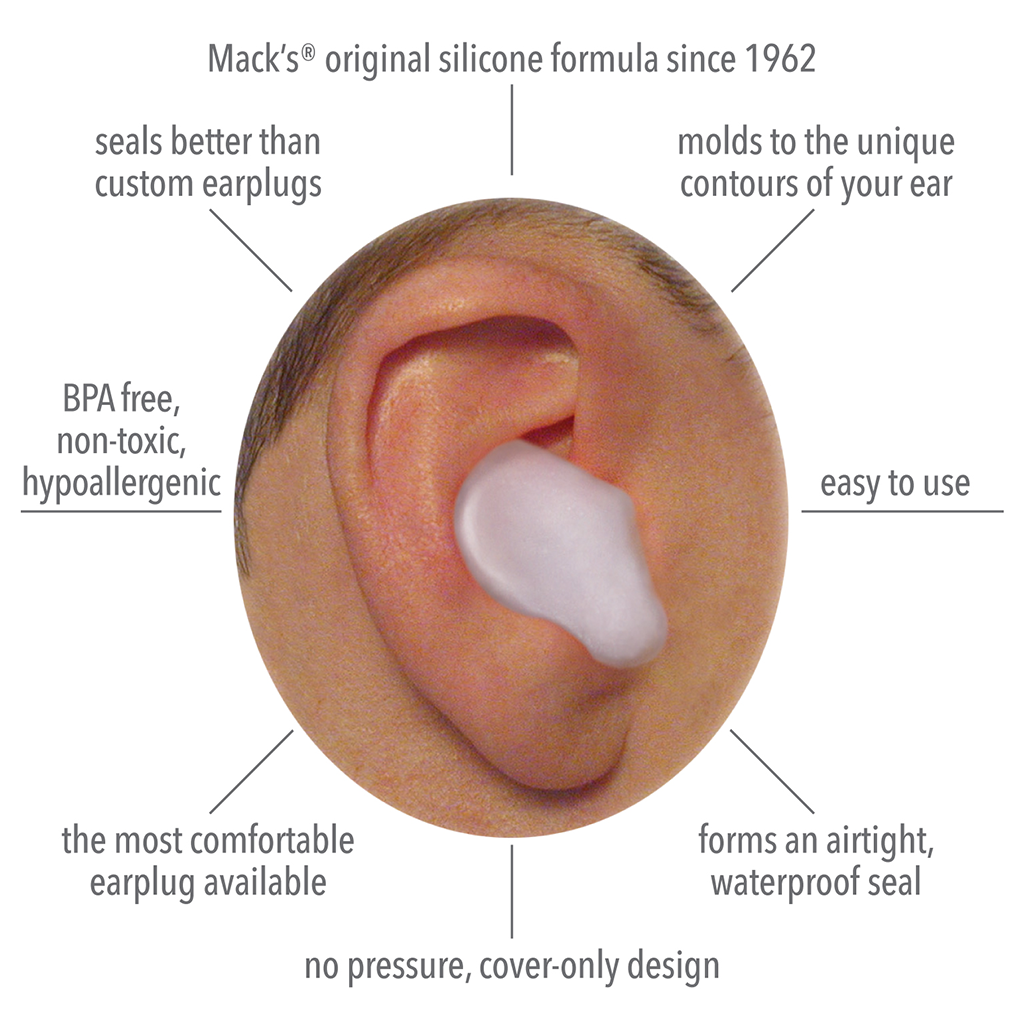
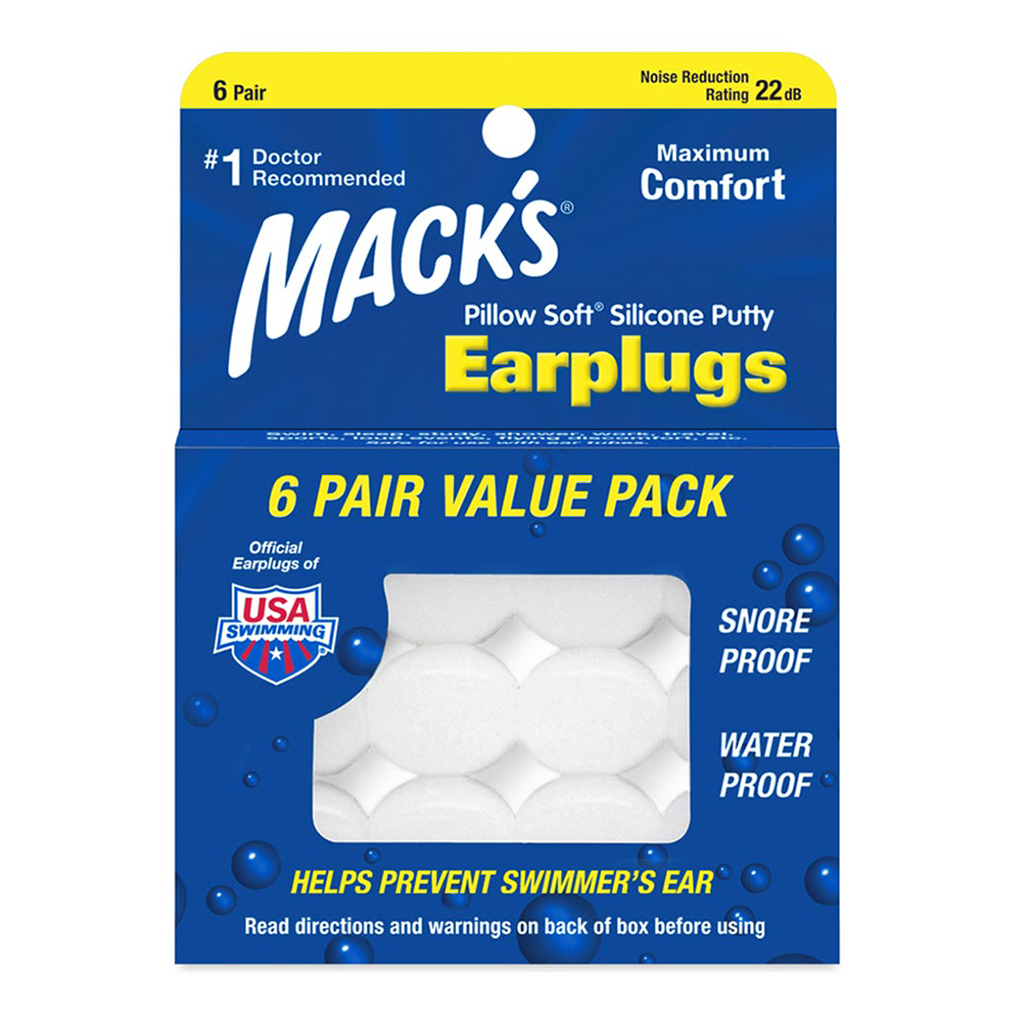
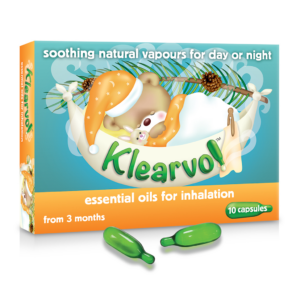
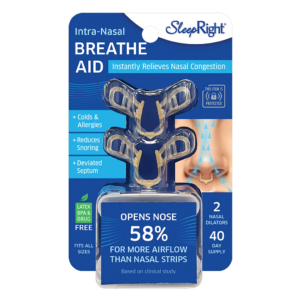
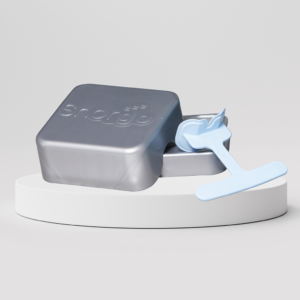


27 reviews for Mack’s® Pillow Soft Silicone Ear Plugs
Very Good
I have tried many ear plugs and most don’t work very well. These are excellent and cut the noise out – I have managed to get 3 nights out of one set of ear plugs. My main problem is traffic noise and they make it sound like it is much further away thanit is and therefore much quieter.
LS Nottingham
Excellent, completely blocked out my husbands snoring and very comfortable to sleep in. Have tried many earplugs and these are the 1st that have fully blocked out my hubby’s snoring – Thankyou
Best products ever.
So pleased I found these products my partner can snore for England I usually end up going into grandsons bed. Now I can get a reasonable nights sleep but he has to be turned over on his right side . Would recommend to anyone..
Mack's Pillow Soft Earplugs (6 Pairs)
So far so good. Seems to block noises out better than anything else I have tried. Only thing is it gets a little caught in your hair when trying to take it out in the morning but maybe I need to be more careful putting them in.
Mack's Pillow Soft Earplugs
I used these recently on a trip to New York. They were great, blocked out all the traffic noise, and most of my friend’s snoring. I have used different kinds of soft ear plugs in the past but these were far and away the best. I will definitely buy them again.